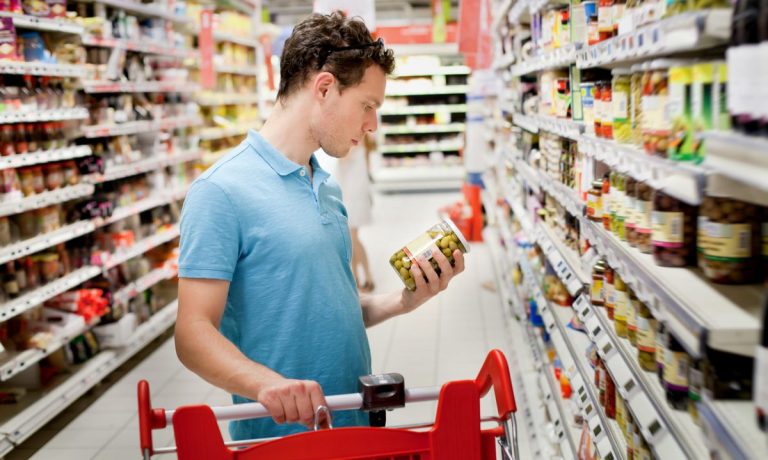
Inflation is letting some air out of pricey, coveted consumer packaged goods (CPG) name brands amid evidence that shoppers feel pinched and are shifting to discount labels and stores.
CPG majors have had it good since 2020 as consumers ignored price increases and stocked up on pretty much everything for a year-plus after lockdowns began. But that was a different crisis.
It’s been displaced by soaring prices, with the U.S. Bureau of Labor Statistics stating in March that its food index rose 7.9%, the largest 12-month increase since 1981.
Reflecting the trend, the Wall Street Journal (WSJ) reported Monday (April 5) that “Shoppers are buying staples in smaller quantities, switching to cheaper, store-name brands and more rigorously hunting for deals. The shift is especially pronounced among lower-income consumers who splurged on household products amid the heights of the pandemic.”
WSJ added that “Private-label brands, after two years in which they lost market share to brand names, have begun to lure back buyers. In the three-week period ended March 13, edible private-label brands increased share slightly and nonedible store brands held steady, according to data from research firm IRI.”
Giving a glimpse into the price-sensitive mindset at work, and not just in CPG brands, food industry association FMI said in a March blog post that price is the No. 1 factor consumers consider when buying produce, noting that the “astonishing shift in shopper psychology comes at a time of rising inflation, which is impacting consumer goods nationwide.”
Inflation Versus Loyalty
Latest in this study series, “New Reality Check: The Paycheck-to-Paycheck Report Regional Divide Edition,” a PYMNTS and LendingClub collaboration, found that 62% of consumers lived paycheck to paycheck in February, down from 64% in January.
However, it found the share of paycheck-to-paycheck consumers earning over $100,000 rose two percentage points to 50%, with more consumers in lower-income brackets also living paycheck to paycheck in 2022. Lower-income consumers are feeling inflation hardest.
Get the study: The Paycheck-to-Paycheck Report
National brands know that consumers are reaching for store brands more, and most are considering additional price increases to cover a drop in the stellar sales of the past two years.
They’re betting on brand loyalty to offset price increases, which may be a risky move.
J.P. Morgan downgraded its outlook on Proctor & Gamble (P&G) March 30, citing concerns about rising costs and exchange rates, as Market Watch reported. Analysts at the bank are also taking a cautious view of CPG giants including Kimberly-Clark Corp. and Clorox, although premiumization strategies are shielding some big consumer brands for now, including Coca-Cola and Pepsi.
Headwinds for pricier CPG brands should create tailwinds for store brands, and they are, although store brands are raising prices as well.
See also: New Tech to Help P&G Embrace ‘Constructive Disruption’ as Inflation Drives Prices Higher
“While some consumers will remain loyal to particular brands, others are already adjusting their spending habits,” NBC News reported. “In a survey conducted this month by Jefferies Group, 80% of respondents said they were actively looking for ways to cut costs by doing things like buying less expensive products and private-label brands and more items on sale.”
While major CPG brands dialed back discounting during pandemic buying, inflation is energizing the coupon space right now, and it’s not who you might expect using paper and digital coupons.
In a PYMNTS interview, Inmar Intelligence Senior Advisory Services Manager Bill Beyea said, “Millennials have the highest numbers for both paper and digital coupons. We saw 82% of millennials say that they used a digital coupon at least once and in the last few trips, and 72% said they used a paper coupon, while Gen Z was 74% digital and 60% paper.”
Read also: Shortages, Inflation Spur New Mix of Paper and Digital Couponing